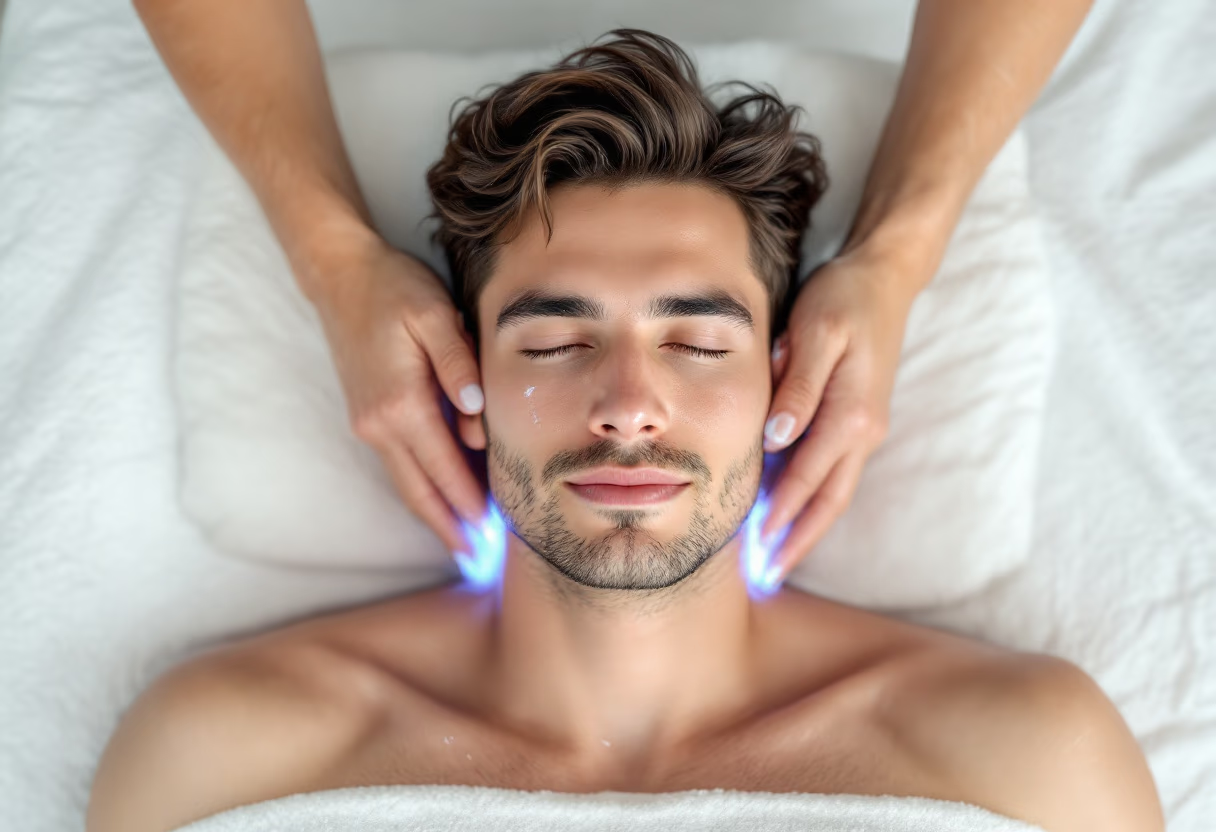
20 Years of Producing the Highest Quality, Most Reliable, and Effective LED mask.
Peyronie's disease is a condition characterized by fibrous scar tissue on the penis, leading to painful curved erections. Light therapy using 830 nm wavelength has shown benefits in reducing plaque size, penile curvature, and associated pain. Early treatment may improve symptoms and quality of life.

Peyronie's disease is a non-cancerous condition in which fibrous scar tissue forms on the penis, sometimes causing painful, curved erections. Penises naturally vary in size and shape, and a mild curve is not usually a concern, but Peyronie's may lead to significant pain or bending in some men.
Erectile dysfunction can make intercourse difficult or prevent you from getting or keeping an erection. Stress and anxiety are also common, and many men notice penile shortening.
The condition rarely resolves on its own; in most men it either stays the same or progresses. Starting treatment early may limit worsening or ease symptoms. Even after months or years, therapy can sometimes reduce pain, curvature, or shortening.
Signs may appear suddenly or build gradually. The most common are:
Curvature and shortening can worsen for 3–12 months, then usually stabilise. Erection pain often eases within one to two years, but scar tissue, shortening, and curve may remain; occasionally they improve without treatment.
Low-level light at 830 nm has been studied in men whose well-defined plaque caused painful curvature interfering with intercourse. A 30 mW beam was applied for 100 s (3 J) every 0.5 cm along the dorsal penis from base to coronal sulcus, with an extra 100 s over each palpable plaque. Researchers measured changes in plaque size, curvature, pain, and quality of life after treatment and again six weeks later.
This information is educational and not a substitute for professional medical advice.
